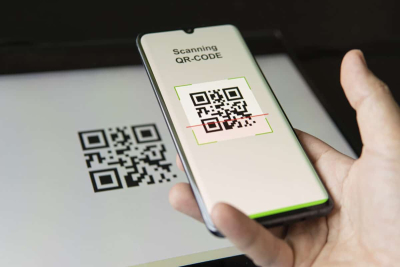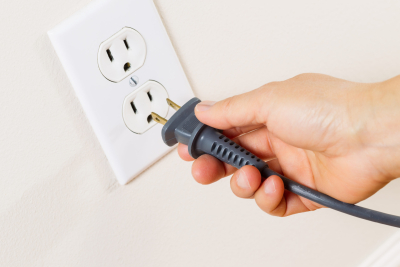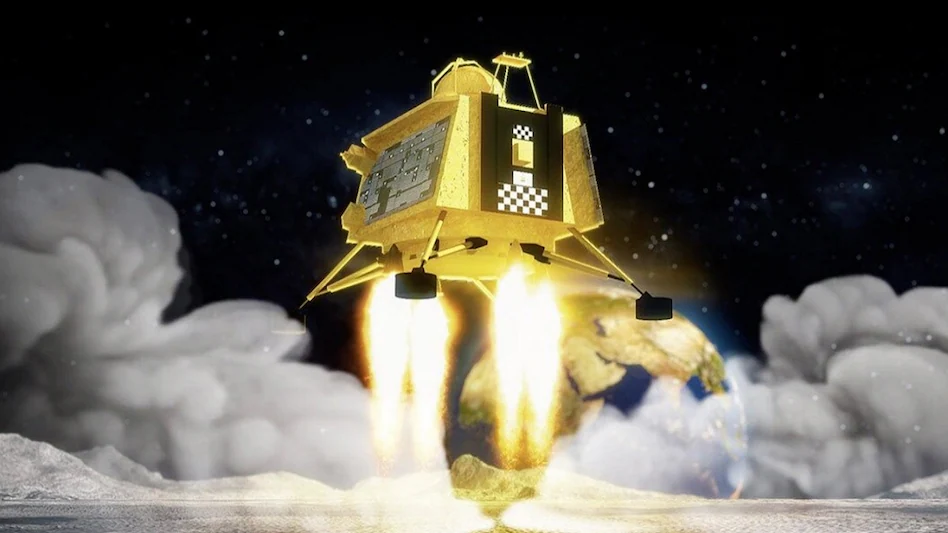What is the history behind QR code?

"Can you please scan the code," is one of the most common phrases used during transactions in today's digital world. QR codes are ubiquitous these days-in cafes, bazaars, roadside fruit carts, and even at pani puri stalls. A whole range of consumer and businesses have adjusted to the digital world that has brought QR codes back, especially in the last few years with the advent of the cashless economy. However, have you ever wondered who designed the QR Code and for what purpose?
The invention of the QR Code
Similar to the evolution of several technologies, QR Codes originated from necessity. In 1994, a Japanese company called Denso Wave invented the QR code, which was used to label car parts. The idea was to replace the numerous bar-code labels that had to be scanned on each box of auto parts with a single label that contained all of the data from each label, making it easier to keep track of the different kinds and quantities of car parts. Following that, there was an increased interest in more product traceability across the world, particularly in food and pharmaceuticals.
The International Organization for Standardisation (ISO) added the QR Codes to their list in the year 2000, giving it international certification. They rapidly understood the significance of the QR code and began using them in production, shipping and transactions. Later on, with the development of smartphones, there was no slowing in increasing the utilisation of the QR codes' popularity.
How QR Code is helping the world?
Undoubtedly, using QR Codes to access websites, networks, and payment details is the quickest method. To get started, all someone has to do is scan the code and do not need to enter any URL.
Among the numerous advantages of QR codes are their increased sustainability and the ability to update information without having to print brand-new materials. They are also utilized to communicate information on leaflets, packaging, and store displays in addition to serving as mobile menus and facilitating contactless payments. Without requiring prior knowledge or financial education to utilise them for payments, QR codes facilitate the digital shift and provide a positive user experience. The three steps of starting an app, scanning a QR code, and entering an e-PIN are easy and fast. A digital revolution is endlessly possible with QR codes' innovative and engaging way of bridging the real and virtual worlds.
Know how to create a QR Code
Interested in making your QR Code? Follow the steps given below:
1. Visit the QR Code generator on any browser
2. Insert your URL into the space provided
3. Customise your QR code if the generator provides the service
4. After customising and creating, download your QR Code
5. Use the QR Code for advertising, marketing and promotion
Picture Credit : Google

